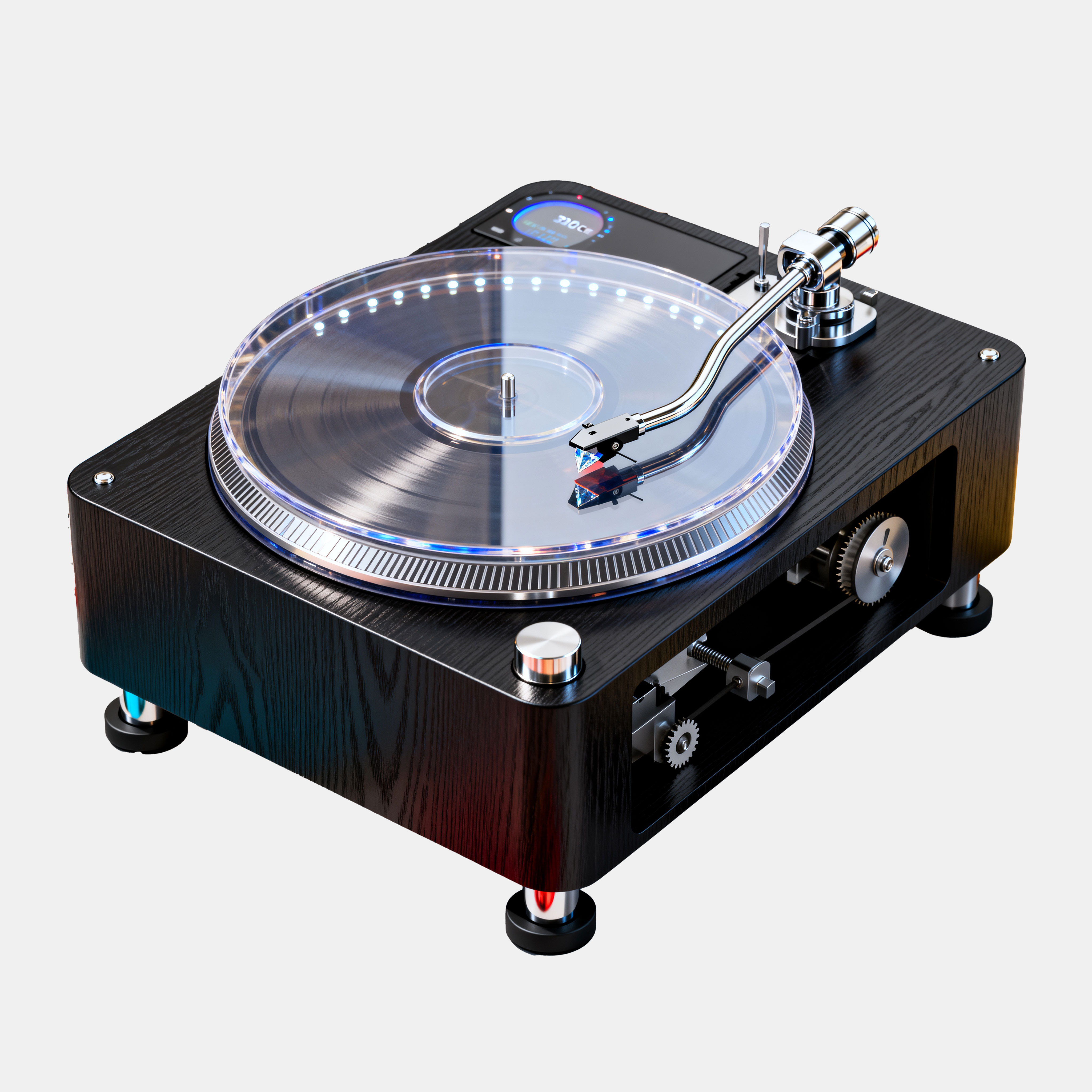
Delving into the territory in 3D art is changing dramatically, spurred by cutting-edge mechanisms that fuel this innovation: text-driven 3D generation. This cutting-edge area opens up 3D design to a wider user base, empowering users with limited expertise to assemble refined 3D models exclusively by providing worded input.
See a universe where each individual might create their notions in spatial dimensions, regardless of their background. This indicates the prospect that text-to-3D modeling supplies, liberating the genius within each creator.
Intelligent 3D Modeling: Ushering in a New Creative Epoch
The sector of inspirational production is undergoing a dramatic change with the appearance of AI-enabled 3D modeling. This cutting-edge technology empowers users to fabricate complex 3D models with peerless convenience. AI algorithms evaluate user prompts and remodel them into detailed 3D images. From architectural blueprints to objects for gaming, the opportunities are virtually expansive.
A primary perk of AI-empowered 3D modeling is its power to make accessible the creative workflow. Even beginners can presently develop professional-standard 3D models. This increases a range of possibilities for developers to manifest their notions into reality.
- Machine learning-based 3D modeling may boost design by automating repetitive operations.
- Collaboration between human designers and AI programs can inspire novel solutions.
- This framework hold the potential to change diverse industries, from interactive arts to therapeutic areas.
Building Designs Using Verbal Input: Text-to-3D Innovation
The domain regarding 3D modeling is undergoing a noteworthy metamorphosis because of the emergence by means of text-to-3D generation. This groundbreaking technology allows users to materialize their imaginative visions barely through inputting language input. See expressing a fantastical creature or a finely detailed object, and watching it come alive before your gaze in three-dimensional form. This union of language and digital fabrication creates a wealth with opportunities for innovators and every person with a spark for construction.
- Text-based 3D fabrication
- grants ability to shape creations
- Envision drafting imaginative beings coming alive
Bringing Creativity to Life: AI's Pivotal Role in Tri-Dimensional Art
The environment of 3D creation is going through a revolutionary reshaping, stimulated by the considerable potential of artificial intelligence. Previously limited to imagination, sophisticated 3D models and designs are now becoming tangible through AI. These advanced algorithms can construct complex geometries, textures, and materials with peerless speed and accuracy. From conceptual art to product designs, AI is enhancing creators across wide-ranging industries to construct their visions in ways previously unachievable.
This mixture of AI and 3D design creates extensive chances for both seasoned practitioners and aspiring artists. Easy-to-use interfaces make these state-of-the-art tools attainable to a encompassing user base, fostering the democratization of design and spurring novel breakthroughs on an extraordinary scale. As AI capabilities mature, we can expect even more innovative features that will ease the boundary between ideas and tangible form.
- Modeling
- Representation
- Sequencing
Redefining Creation: AI-Powered Innovations in 3D Design
The sphere of artistic sectors is in the midst of a significant revolution. With the arrival of leading-edge AI platforms, the ability to produce 3D models has become far more user-friendly. This transformation enables innovators to convey their ideas with celerity and effectiveness incomparable.
Visualize a future where advanced 3D models are designed instantly, driven by clear text commands. This is no hardly dream; it represents the affirmation currently realized globally.
- AI-enabled 3D modeling systems are widely adopted.
- They facilitate users with restricted design experience to develop professional-grade 3D models.
- Across architectural schemes to detailed product types, the possibilities are wide-ranging.
Accelerating Digital Design Through AI Cooperation
The arena of 3D design advances quickly, driven by the trailblazing force of artificial intelligence. Machine learning frameworks have emerged as powerful co-creators, supporting designers to intensify their creative boundaries and speed up design workflows like never before.
From making detailed models to supplying innovative ideas, AI tools enhance designer capabilities with unprecedented force. This partnership of human creativity and machine intelligence unlocks a realm of potential, making it feasible to consider and create 3D models previously considered unfeasible.
- Machine learning-driven design tools present designers varied possibilities to explore.
- Feedback-driven workflows promote designers and AI to operate in tandem, refining designs continuously.
- Sophisticated 3D constructs can be rendered quickly and with impressive accuracy, freeing designers to concentrate on the visionary aspects of their projects.
As AI systems evolve, its role in 3D design will become increasingly crucial. Embracing this paradigm-shifting partnership will facilitate designers to invent the future of 3D art, transcending previously understood barriers.
Defying Limits: Building Extraordinary 3D Models Powered by AI
The setting of 3D modeling charts a revolutionary shift, fueled by the unmatched capabilities of artificial intelligence. AI-empowered tools are facilitating makers to formulate and generate 3D models with previously unseen intricacy. These advanced algorithms can form detailed structures from simple commands, tearing down traditional design blocks and raising the limits of what is workable. From verisimilar objects to progressive designs, AI is disrupting 3D modeling to be more accessible while assisting a novel collective of creators.
- Exploring the force of invention
- A New Chapter in Innovation
- Turning Vision Into Form
Presenting the Future Stage in 3D: Text-to-3D Platforms
The sphere of 3D creation is transforming fast at an unequaled rate. Innovative platforms are surfacing that exploit the power of descriptive commands to create stunning 3D models with remarkable ease. These text-to-3D tools are advancing the 3D design process, allowing it accessible to a expanded community than ever before.
- Imagine generating intricate shapes simply by expressing them into a virtual interface. Text-to-3D platforms manifest this imagination.
- Leveraging architectural blueprints to tailored jewelry, the potential are vast.
This particular paradigm-shifting phenomenon in 3D creation is aimed to revamp industries, stimulating innovation and creativity across the range.
AI-Powered Intelligent 3D Fabrication: Faster and Smarter
The arena of 3D creation is engaged in a radical overhaul, fuelled by the rapid progress of artificial intelligence. AI algorithms are now capable of constructing detailed 3D models with unmatched haste and precision, upending segments from architectural design to manufacturing and entertainment. In the past, 3D modeling entailed laborious, time-intensive manual work requiring substantial input and expertise. Nevertheless, AI-enhanced tools streamline the workflow, allowing creators to speedily iterate, experiment, and bring their plans to life with remarkable performance.
- Moreover, AI manages to analyze vast datasets of existing 3D models to uncover patterns and trends, helping it to produce innovative designs that redefine creativity.
- Therefore, the presence of 3D creation is expanding, giving power to both individuals and businesses with few resources to join this advanced technology.
This advancements are poised to unlock new potential across a myriad applications, from customized objects to interactive experiences. The future of 3D creation is deeply intertwined with the ongoing evolution of AI, promising a epoch where imagination knows no bounds.
Empowering Everyone with 3D Printing
The community of 3D printing has undergone a remarkable modification, moving from a niche technology to an increasingly ubiquitous tool. This broadening is supported by various factors, including the cost decrease of 3D printers and software, coupled with a burgeoning community of makers and designers providing knowledge and resources.
For that reason, 3D printing is now within reach of individuals, businesses, and even educational institutions, facilitating them to build tangible objects with extraordinary mobility. This fusion of technology and imagination has the potential to disrupt a extensive range of markets, from medicine to education, triggering innovation and motivating individuals to give physical form to their inspirations.
Bridging Words and 3D Models with AI
{The realm|The world|The 3D model generator field|The environment|The space|The domain| 